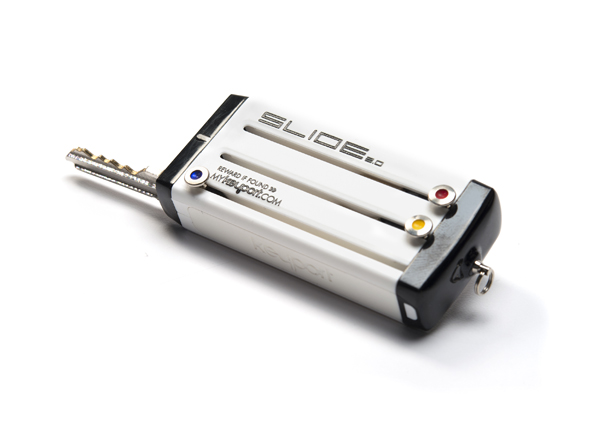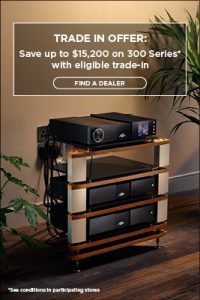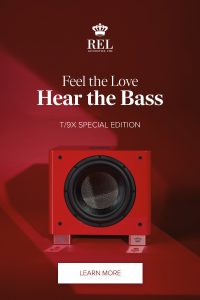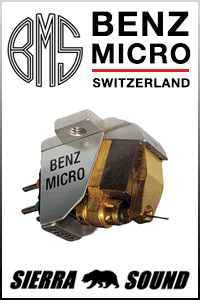Keyport Slide 2.0
 Okay, I admit it. I’m the guy with a key ring so big that it needs a backpack instead of a pocket. It’s laden with every key I have accumulated this century and I don’t even remember what some of them unlock. But I’m turning over a new leaf, and so I’m been on the search for a new and stylish keychain—which eventually led me to the Keyport Slide.
Okay, I admit it. I’m the guy with a key ring so big that it needs a backpack instead of a pocket. It’s laden with every key I have accumulated this century and I don’t even remember what some of them unlock. But I’m turning over a new leaf, and so I’m been on the search for a new and stylish keychain—which eventually led me to the Keyport Slide.
The basic idea is that six keys can be hidden within a small, lightweight device with color-coded buttons, or “nodes,” to identify the keys and slide them into and out of the rectangular encasing. While the first version of the Slide was made of metal, the Slide 2.0 is made from durable polycarbonate, and it can be ordered with a black, white, or transparent case.
Keyport, which is located in Las Vegas, says that using polycarbonate is less expensive and subsequently reduces the cost for the consumer. After using an original metal Slide myself for the last year, I will say that version 2.0 is lighter and the sliding action is smoother. Since Keyport’s aim is to reduce the weight of the device and the space each key requires, standard keys will not fit in the slim casing, which is less than 3 inches long, just over 1 inch wide, and about half an inch thick. Keyport’s solution is to utilize special “blades,” which are purchased in addition to the Keyport body. They are slim and light and don’t have the usual bulky key heads.
As you know, keys can vary widely in size and shape, so how do you know which Keyport blades will replace your normal keys? You just note a few details about the keys when placing your Keyport order online and print out a special form on which to place your normal keys and take a digital photo of them. You then upload the form to a secure site, which the Keyport team analyzes and gets back to you in a couple days with the specifics on the blades you need. You can disguise your original keys with tape or edit the digital photo if you’re extra concerned about security, as long as the key tip and handle are visible. Once you receive your order, you just take the blades to a hardware store or your local key cutter to have them shaped to match the original keys. The final easy step is sliding them into your Keyport.
For transponder-chipped car keys, special Keyport blades can be ordered, but they require an additional slot in the body. The Keyport doesn’t have a place to put garage remotes or special electronic fobs, unless you use Velcro to attach your security fob to the side of your Keyport like I do, which is not the most elegant of solutions.
If you don’t have six keys to occupy all the slots in the Slide, Keyport sells fun and useful accessories to fill the extra slots. Options include a USB memory stick, flashlight, or bottle opener. Now if only they could fit a wallet and a ChapStick, I’d be able to carry everything I need in one pocket—no need for a backpack. -Rob Johnson
Keyport Slide 2.0
$29, plus $5 per standard key blade; accessories cost extra








